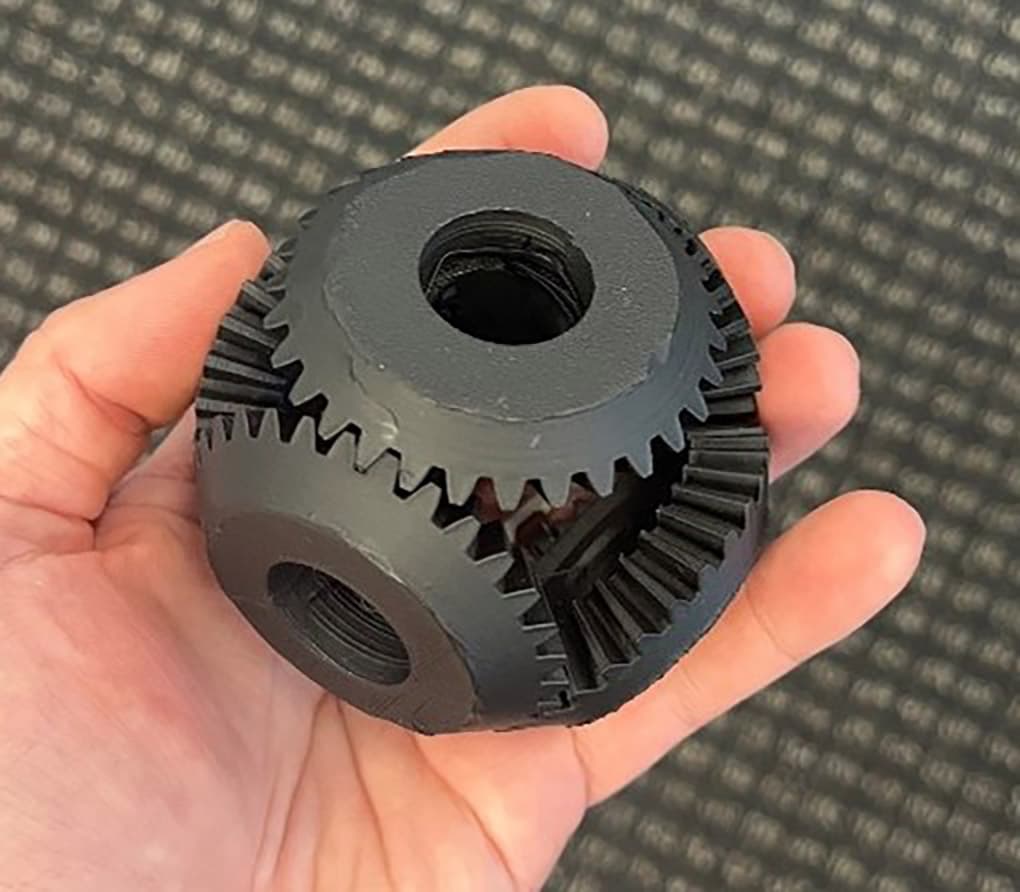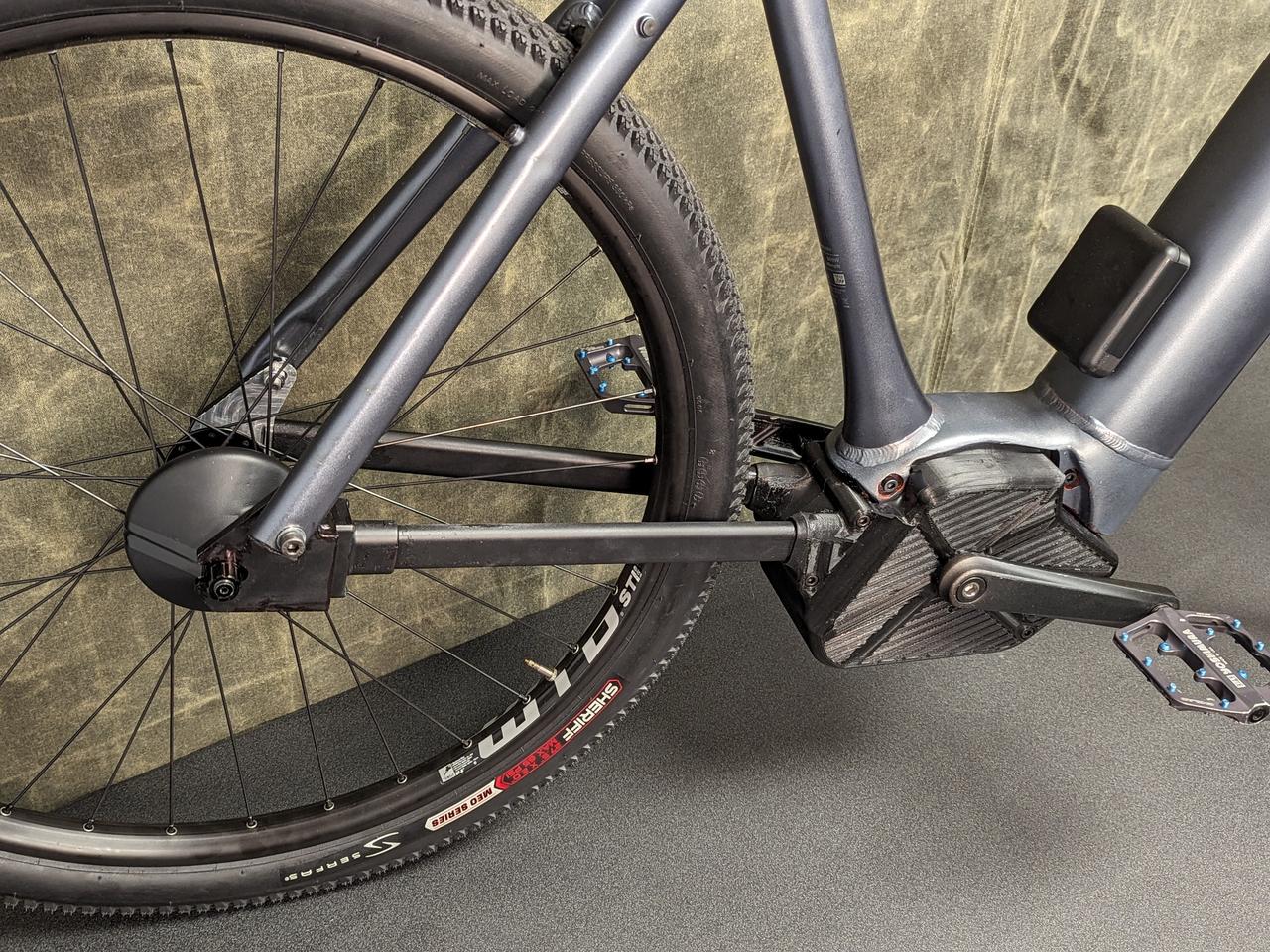The Orbit Drive promises an ebike transmission, built into the motor housing, that lasts for thousands of miles without maintenance, boosts efficiency and range, allows regenerative braking, and comes out lighter than most ebike drive systems.
It doesn’t make much sense to run a powerful ebike motor through bicycle-grade chains, sprockets and derailleur gear systems that were simply never designed to take the kind of torque today’s ebikes put out. And clunky cassette-style gearing itself feels like a bit of an anachronism in a world moving toward single-speed EVs that simply deliver torque without fuss whenever you want it.
There are continuously variable ebike transmissions already on the market – notably the Enviolo/Nuvinci planetary ball drive transmission, and Revonte’s fully integrated drive system we covered back in 2020, which uses a similar planetary CVT, this time with gears, and integrated into the motor housing.
The Orbit Drive, from Colorado-based startup Driven Technologies, is closer to the latter. It’s a single unit that integrates two small electric motors, a control computer, cadence and torque sensing, pedal cranks, a range of different power transfer options to the rear wheel – including bevel-driven shaft drive, belt or chain – and an electronically controllable CVT that can either smoothly adapt its ratio as you ride, or can emulate a traditional stepped gearbox if you prefer the feeling of using fixed ratio gearing.

Driven Technologies
The CVT in this case is inspired by hybrid drive cars from Toyota, Ford and Stellantis. It’s basically a differential gearset based around a group of intermeshed bevel gears considerably smaller than a Rubik’s cube. There are three inputs: the pedals, the pedal assist motor, which can contribute a further 90 Nm of torque to the cause, and the second electric motor, which controls the output gear ratio by its speed of rotation; when it’s not spinning, the bike is effectively in its lowest gear, and the faster it spins, the higher the ratio becomes.
Ryan Orbit
The benefits, according to Driven, include “up to 20% more battery range than existing e-bikes,” “near zero-maintenance for 10,000 miles [16,093 km],” “lighter weight than most of the cobbled-together drive systems on the market,” and, when coupled with a shaft drive, a sleeker and more modern look than what you’d tend to see on most bikes, with no parts exposed to moisture, mud or road grit.
On top of that, the company says it can design the Orbit drive casing to fit a range of frames and batteries, that it can run regenerative braking if required, that it never needs any adjustments, and that it can hit an “aggressive price point at wholesale” if taken on by a bicycle manufacturer.
In terms of drawbacks, well, one does come to mind; if this system is locked in its lowest gear when the gear ratio motor is dead, then presumably you have to ride it home in first if you run out of battery. Not fun. Presumably there are complexities involved with shaft drive systems as well, if you want to run a rear wheel suspension system.

Driven Technologies
Driven appears to be a way behind Revonte in terms of commercialization. The company has a number of full-bike prototype units built, and has displayed the technology to apparently great acclaim at the recent Eurobike trade show. But despite already raising somewhere around US$2 million from bike industry investors and prior crowdfunding drives, the company is still seeking funding through a WeFunder drive.
This latest round of funding will facilitate the building of several more prototype bikes, which will be sent to potential ebike OEM customers for testing and evaluation.
“Depending on a myriad of factors,” says the team, “we expect to be in the drive-selling business by the [Northern Hemisphere] summer of ’24.”
Source: Driven
Source of Article